Just found your dream house and want to beautify it from ceiling to floor? Do you want the jaws to drop when people look at the beauty and design of your house as soon as they step in? You want your walls to reflect your style? If you see yourself nodding to all the questions asked, then you’ve visited the right page!
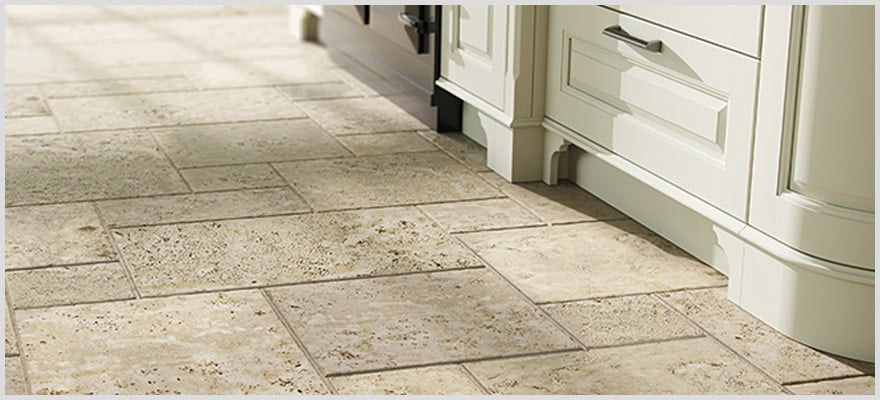
Travertine tiles, the key to elegant interiors!
You may ask what this is?
Travertine is a type of limestone (owing to its chemical composition) that is formed around mineral spring deposits. It is a natural stone deposited by geothermally heated hot springs. Italy is renowned for travertine and hence its name is derived from the Italian word ‘travertino’.
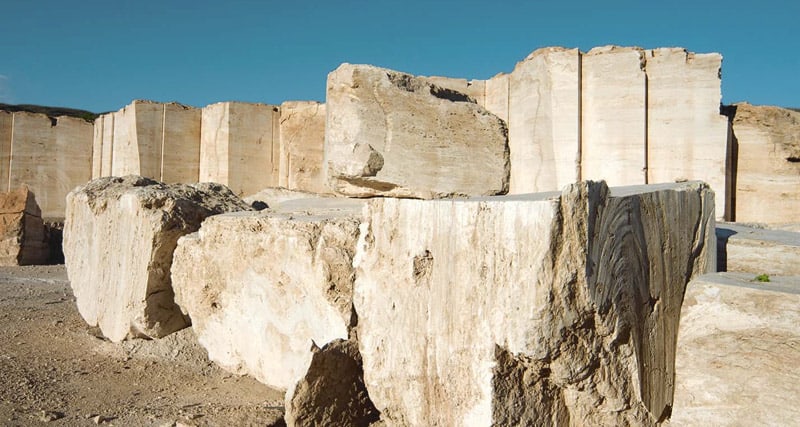
People have used travertine extensively for construction, in history, hence it has been used for constructing temples, various monuments, paving patios, courtyards and garden paths. An example of a building that proves the metal of this stone is the Colosseum in Rome, Italy which was made with travertine (makes you want to have it even more, doesn’t it?).
So the next important question is how does it look and feel?
Travertine is characterized by tiny pitted holes and troughs on its surface, all this makes it visibly porous which gives it a naturally textured look. For making tiles from the stone, people usually give travertine a finishing that makes it look more polished, honed, brushed or tumbled giving it a variety of textures. You can widely find it in warm and neutral shades but the tiles, however, you will also see them in colors ranging from beige, brown, tan, cream, black, orange, gold, ivory and even red.
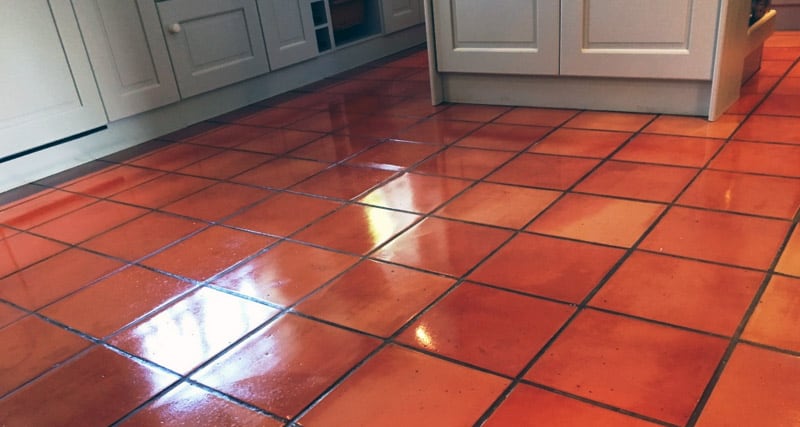
Now as you know what travertine is, let’s see what are the uses of this stone and why it is better than the other tiles available in the market.
People in America use travertine tiles extensively for bathroom and kitchen flooring (here are some amazing kitchen designs) but you can also use this flooring for the outdoor spaces, to decorate walls and for counter-tops. Moreover, since it looks great aesthetically, some people use it as a finish even to a raised access floor system in buildings whereby you need to create some space on the floor for wiring, HVAC pipes etc.
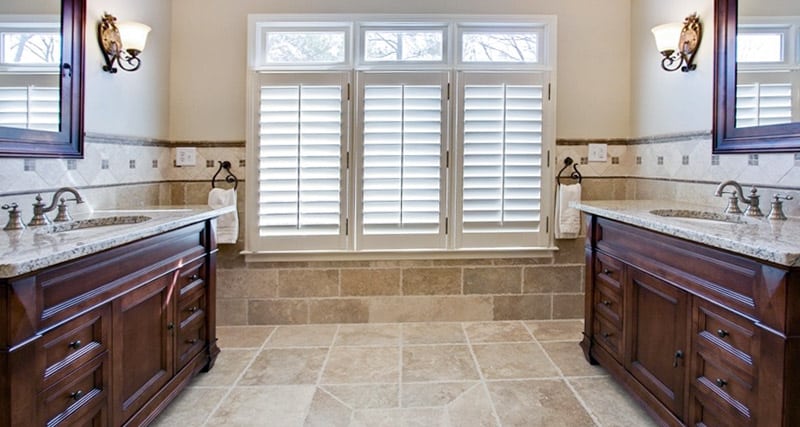
When the tile is unpolished or not honed, it is a little rough on the surface and hence provides high friction surface due to which we use it for making pavers around swimming pools as it prevents the people from slipping. But one cannot use the tile without some polishing as it might be too rough for the barefoot.
When polished or honed, the tile becomes easy to clean and gives a very smooth look. The only thing you have to take care of is to apply sealants yearly for the tiles to last for many years.
I am listing the advantages of travertine tiles below:
- Versatile: Travertine tiles are available in several color combinations and in 4 major varieties of texture i.e. polished, honed, tumbled and brushed. You can choose the color and texture and even the shape that suits your style the best and give your walls and floor a very personalized and unique touch.
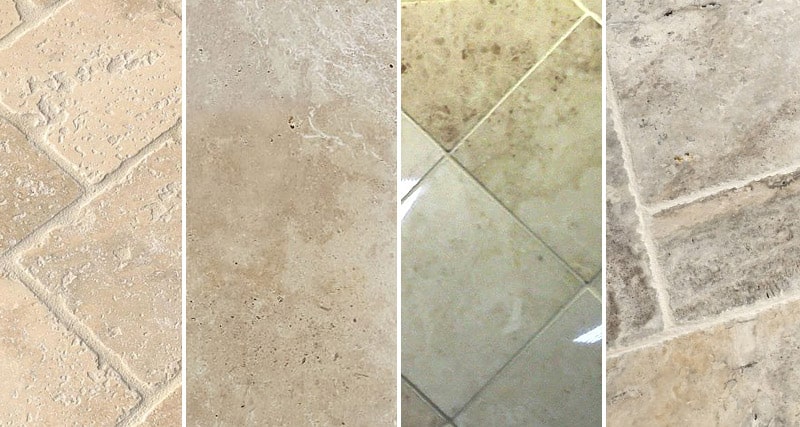
- Durable: These tiles are durable and are water and moisture resistant, they do not crack easily if handled with care.
- Easy to replace: Travertine comes in the tile form that makes it easy to replace in case of any damage. Just make sure you keep a few extra tiles of the design you’ve used on the walls and the floor.
Some disadvantages
While creating your dream house and considering travertine tiles, there are a few things you must know about these tiles that might concern you:
- The porous structure works as a major disadvantage of the tile as it may lead to easy wear and tear, thus one has to take good care of the tiles.
- Although it is cheaper than marble, it is still costlier than the other tiles available in the market.
- Another disadvantage of this tile is that it retains both heat and cold, which makes it a problem to walk barefoot around the house (you can use Rugs to minimize the problem though).
So that’s it then folks, Travertine tiles definitely look amazing.
However, we will recommend you to choose your preferred style of tile wisely, from color to texture and also where to use travertine, plan everything to give your house the dreamy look you wish for!
Related Posts
- How to Protect Sliding Glass Doors from Burglars: Essential Security Tips
- How Long Do Sliding Glass Doors Last? Durability and Lifespan Explained
- Here Are Some Pros and Cons of Textured Walls in Homes
- Why Do Sliding Doors Get Stuck? Common Causes and Solutions
- Comparison of Knockdown Drywall Texture vs Orange Peel
- Some FAQ (Frequently Asked Questions) About Wall Paneling for Homes
Leave a Reply